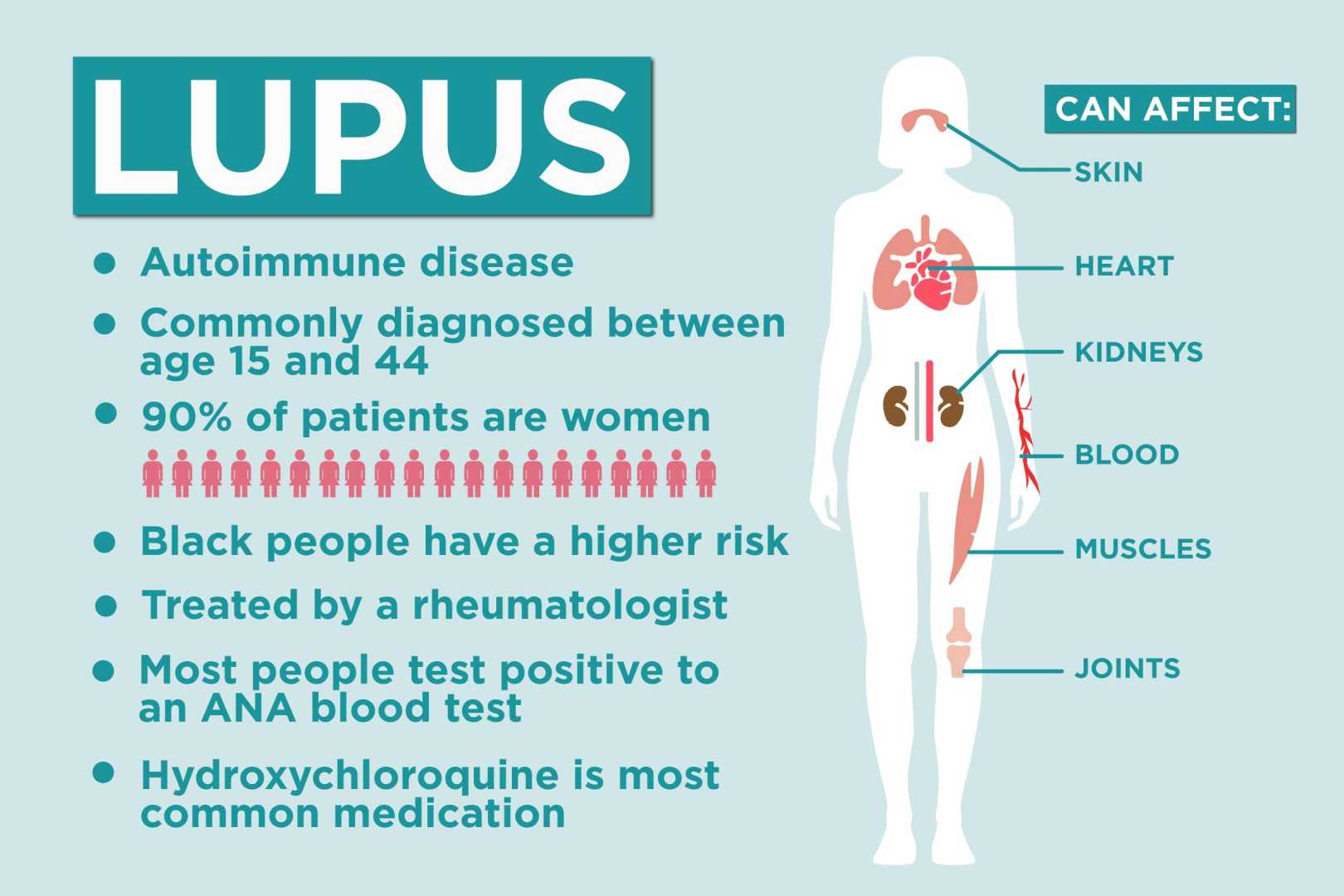Health
Understanding Lupus: Symptoms, Diagnosis, and Living with the Condition

Systemic lupus erythematosus (SLE), commonly known as lupus, is a chronic autoimmune disease where the body’s immune system mistakenly attacks healthy tissue. This condition can affect various parts of the body, including the skin, joints, kidneys, brain, and other organs.
The symptoms of lupus can vary widely among patients and often come and go during periods known as flares. Common symptoms include joint and muscle pain, fatigue, and a characteristic rash. These symptoms can be transient, making diagnosis and management challenging.
Diagnosing lupus involves a combination of clinical evaluation, laboratory tests, and sometimes imaging studies. Since the symptoms of lupus can mimic those of other diseases, a comprehensive diagnostic approach is necessary to confirm the condition. Blood tests to detect specific antibodies, such as antinuclear antibodies (ANA), are often used in the diagnostic process.
Living with lupus can be complex, as it requires a delicate balance between managing symptoms and maintaining an active lifestyle. Patients often experience a tug-of-war between the desire to pursue their goals and the need to conserve energy and manage their health. This balance is crucial for managing the chronic nature of the disease.
Current research and advancements in medical science are aimed at improving the treatment and management of lupus. This includes the development of new medications and therapies that can help in reducing the frequency and severity of flares, as well as improving the overall quality of life for patients with lupus.












